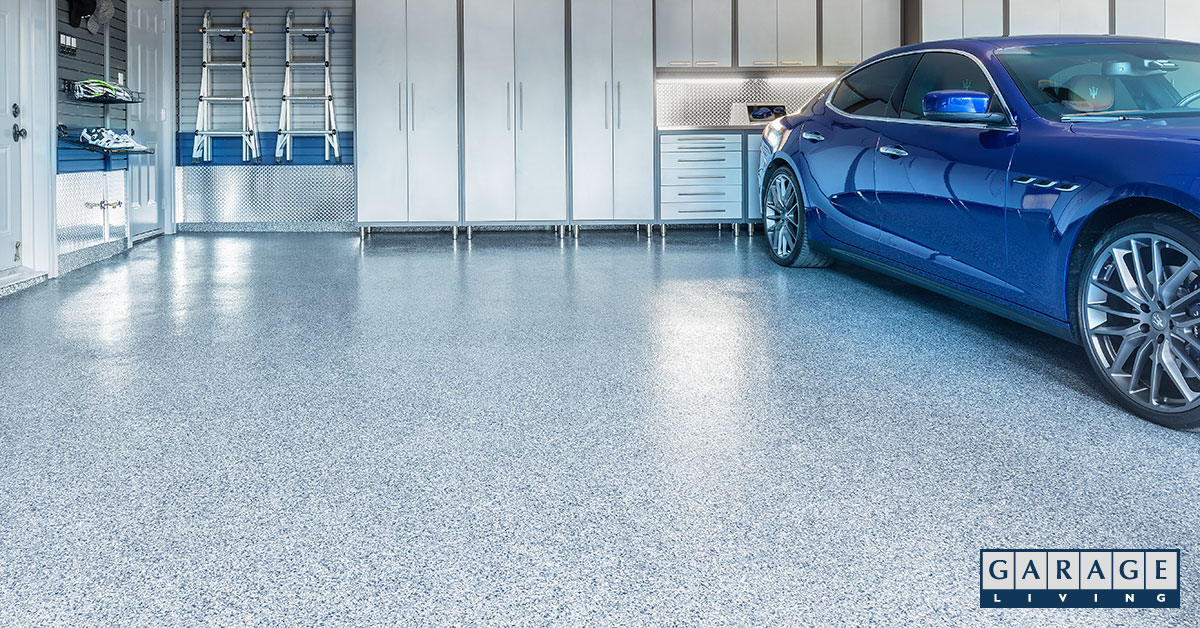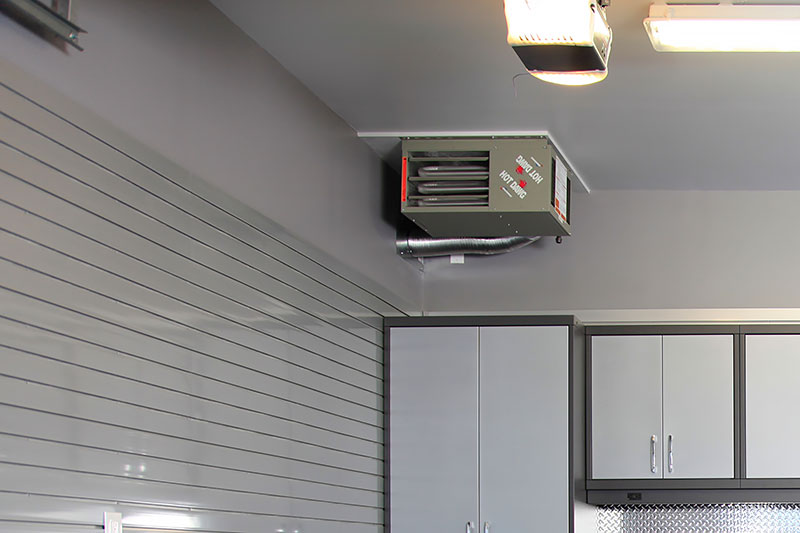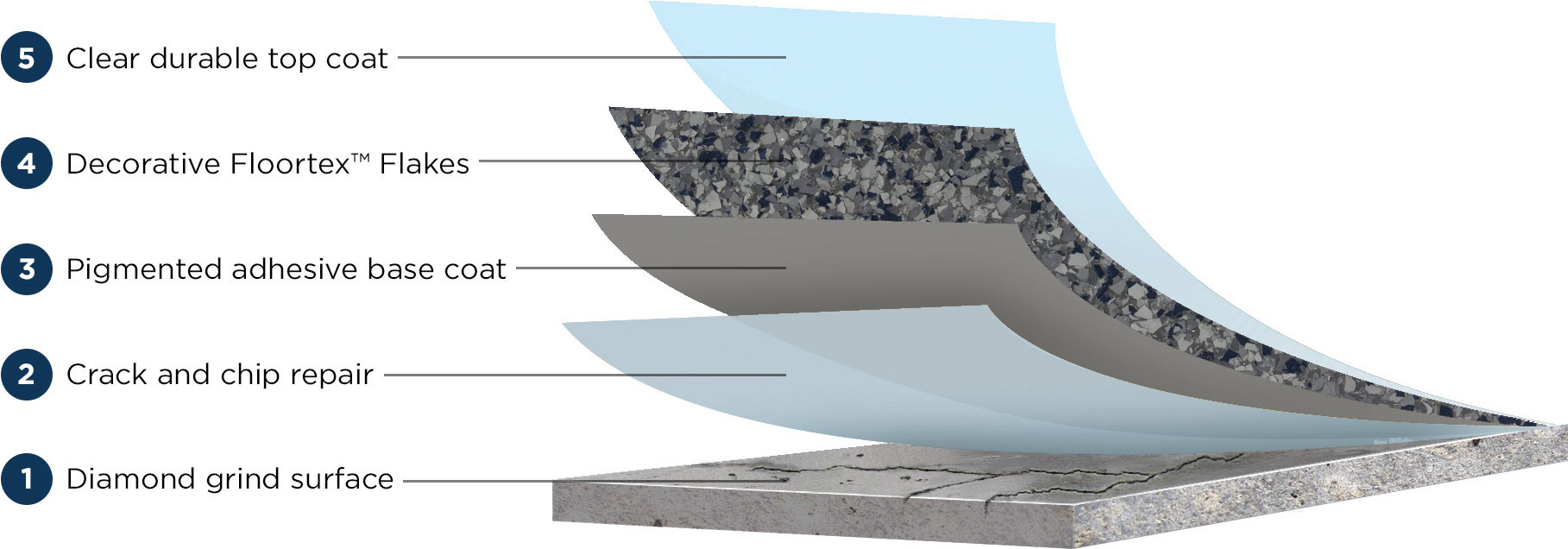Condensation in garages is a common problem. If ignored, the excess moisture in garages that can come from a variety of sources may lead to bigger headaches for homeowners later on.
There are several effective steps you can take that will reduce garage condensation.

Following the recommendations on the list below will protect your garage and personal property from the detrimental long-term effects of garage condensation.
Some of these condensation-reducing measures can be taken care of yourself. For the more complicated condensation fixes, it’s a good idea to leave them to a professional garage improvement company like Garage Living. We’ll ensure the job gets done properly and provides the desired aesthetic appeal for your garage space.
Garage condensation: a simple explanation
Garage condensation results from moisture in the air. When that moisture makes contact with a cold surface, water droplets accumulate and lay the groundwork for potentially serious issues.
Excess condensation and humidity levels in your garage have a negative affect on your home. They can damage your garage’s foundation and cause tools, vehicles, and storage cabinets to rust faster. Mold and mildew from garage condensation also poses a potential health risk to a home’s occupants.
Common sources of condensation
Garage condensation problems can occur in homes located in both hot and cold environments. Low winter temperatures, followed by the rising humidity that occurs in spring and early summer, make your garage and home vulnerable to excess moisture.
Homes in areas with high humidity and occasional temperature drops will also experience garage condensation.
Another very common source of condensation is rainwater and melting snow from cars parked in garages. Running appliances in a cold garage without proper ventilation will also create excess moisture in the air.
Excess condensation can also be caused by improper roof drainage that causes leaks in your garage.
9 ways to effectively reduce garage condensation
- Control your garage’s temperature. Using a heater during the colder months will keep the garage’s temperature stable and its condensation level under control. Avoid using propane heaters, which emit high levels of water vapor. Ask a Garage Living expert about our garage heating solutions.

A garage heater that keeps your garage climate controlled can reduce condensation.
- Use a vapor barrier. Proper installation of a wall vapor barrier, or using insulation products with a built-in vapor barrier, will reduce garage condensation. A vapor barrier can also be used to cover the floor, but avoid using it on garage ceilings. Doing this will only trap water vapor inside your garage.
- Dry your wet vehicle off after parking it in the garage. Simply taking a few minutes to dry off your wet vehicle with a towel during the snowy and rainy seasons will reduce your garage’s moisture level.
- Check your ventilation. Proper garage ventilation (on the walls or roof) is essential to reducing condensation and helps maintain the balance between the air inside and outside of your home. Any garage ventilation systems, such as turbine roof vents, also need to be cleaned regularly to allow for efficient airflow.
- Inspect your drainage. Your garage’s floor and rooftop drainage should be inspected periodically to help keep condensation at bay. Ensure that floor drain covers aren’t obstructed and that eavestroughs and downspouts are kept free of debris to prevent leaks into the garage.
- Apply a floor coating. A polyaspartic garage floor coating will significantly lower garage condensation levels. It also protects your flooring against damage from everyday wear and tear and provides an effective seal to protect the floor foundation from water damage. Floortex™ floor coatings are the highest quality cement floor coatings on the market. In addition to their striking looks, Floortex™ surfaces also provide improved traction in wet garage environments.

The professional 5-step application process for Floortex™ floor coatings provides a durable seal and protection for garage flooring.
- Install a dehumidifier. Placing a dehumidifier in your garage can effectively minimize condensation issues. Be sure to empty the water collected in the appliance’s tank regularly or attach a drainage hose that empties outside.
- Get rid of that old garage fridge or freezer. That second fridge or freezer running in a garage that isn’t climate-controlled contributes to condensation problems. Fluctuating temperatures can cause the drip pans in these appliances to fill up with water quickly. When it gets hotter, condensation will also form on the outside of the appliances and evaporate.
- Eliminate your garage clutter. All of that clutter on your garage floor restricts the space’s airflow, which makes it easier for condensation to form. Eliminate or minimize your floor clutter by utilizing your garage’s usable storage space better. A slatwall storage system, for example, makes it much easier to keep your garage organized.
Understanding the causes of garage condensation and knowing what preventative steps to take in order to minimize it will protect your property from potential damage.
Book a free design consultation with a Garage Living professional, who can help to ensure that your home maintains its value for years to come.
Please share this post if you found it useful.